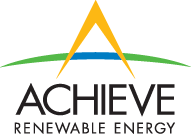Campus Networked Geoexchange: Community-owned Geothermal System for Public Use
Salem, MA
With a grant funded by the Massachusetts Clean Energy Center (MassCEC) and administered by the Home Energy Efficiency Team (HEET), Achieve evaluated the feasibility of constructing a community-owned, networked Geoexchange system in downtown Salem, Massachusetts. Achieve consulted with the non-profit and their design team regarding the feasibility of creating a campus-wide Geoexchange/geothermal system. This consulting included explanation of the relevant technologies, discussion of site-specific approaches to installation, and explanation of the available financial incentives.
Saint Peter’s – San Pedro Episcopal Church in Salem, Massachusetts (SPSPEC) works within its community to support economic, environmental, and social justice. Amongst other good works, the Church seeks to help mitigate climate change through a reduction of greenhouse gas emissions and promote efficient heating and cooling solutions that reduce community expenditures on energy.
SPSPEC applied for and received a Kickstart Massachusetts grant to investigate the feasibility of developing a Networked Geothermal/Geoexchange system for heating and cooling of properties in the vicinity of the Church. The Kickstart Massachusetts grant was made possible by funding allocated by the Massachusetts Clean Energy Center (MassCEC) and administered by the Home Energy Efficiency Team (HEET).
This project evaluated the potential to connect the Church and twenty other buildings in a Geoexchange Network.
An analysis of each building’s energy needs was conducted. The resulting building data and information on Geology and local bedrock propensity for heat exchange was used to evaluate the combined mixture of heating and cooling requirements and the size of the ground heat exchanger required to support these needs.
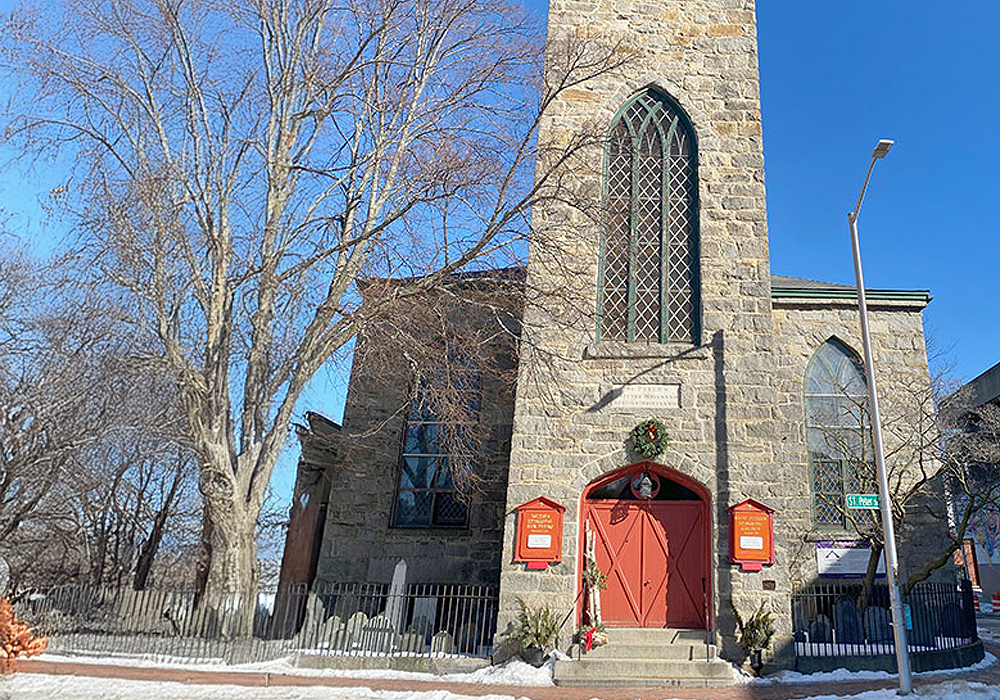
San Pedro Episcopal Church in Salem, MA
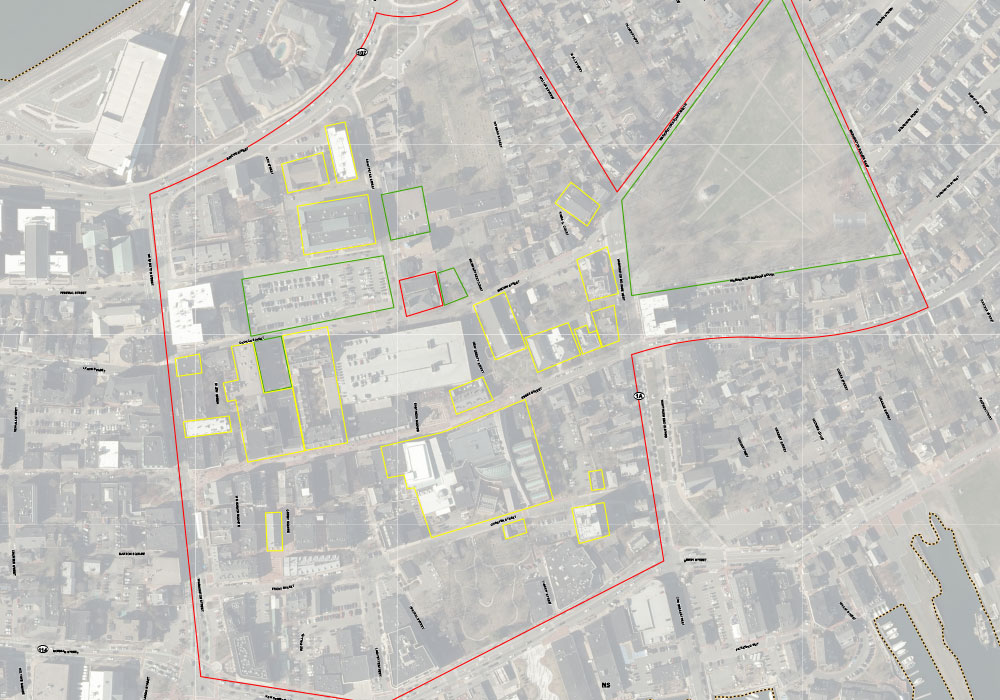
Location map
The Results:
This project evaluated the potential to connect the Church and twenty other buildings in a Geoexchange Network.
An analysis of each building’s energy needs was conducted. The resulting building data and information on Geology and local bedrock propensity for heat exchange was used to evaluate the combined mixture of heating and cooling requirements and the size of the ground heat exchanger required to support these needs.
Based on the combined heating and cooling requirements and subsurface conditions, it is technically feasible to move the twenty-one buildings from fossil fuel use to a networked geothermal system. The networked system will substantially reduce heating and cooling cost for the connected buildings while reducing greenhouse gas emissions by more than 43%.
Construction of the Networked Geoexchange system would provide a high-efficiency heating and cooling solution to all the participating buildings. The buildings include low-income housing, office spaces, houses of worship, museum facilities, a National Park Center, and high-end condominiums. The occupants of all these buildings would benefit from improved heating and cooling, which are essential to life in Massachusetts
As of early 2025, community outreach is continuing and a research for funding and construction partners is commencing. Achieve anticipates updates to this case study as the project progresses.
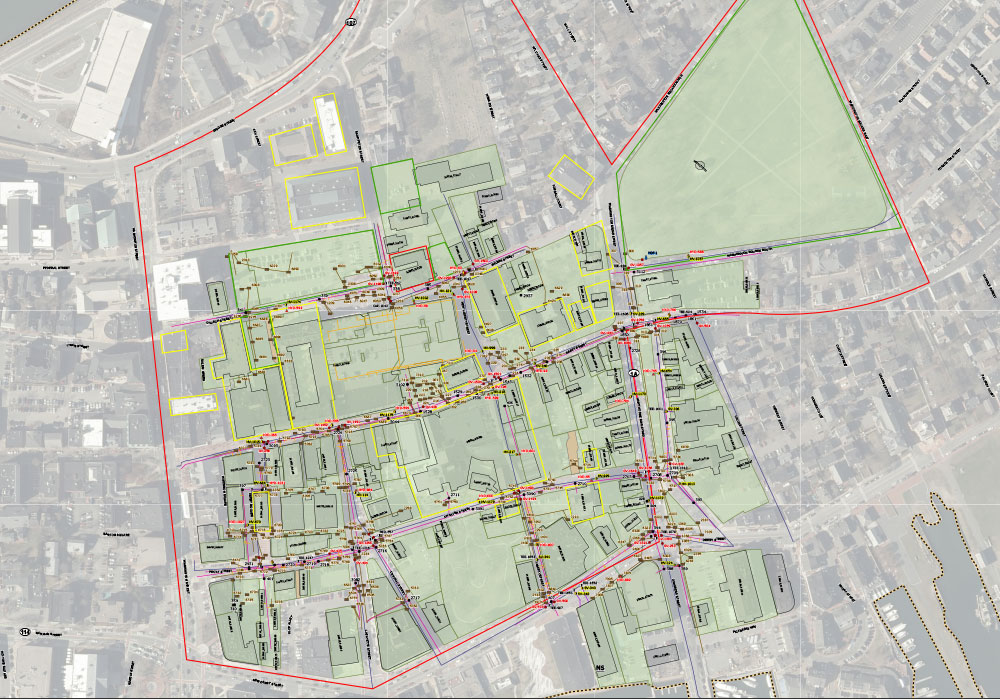
Location map
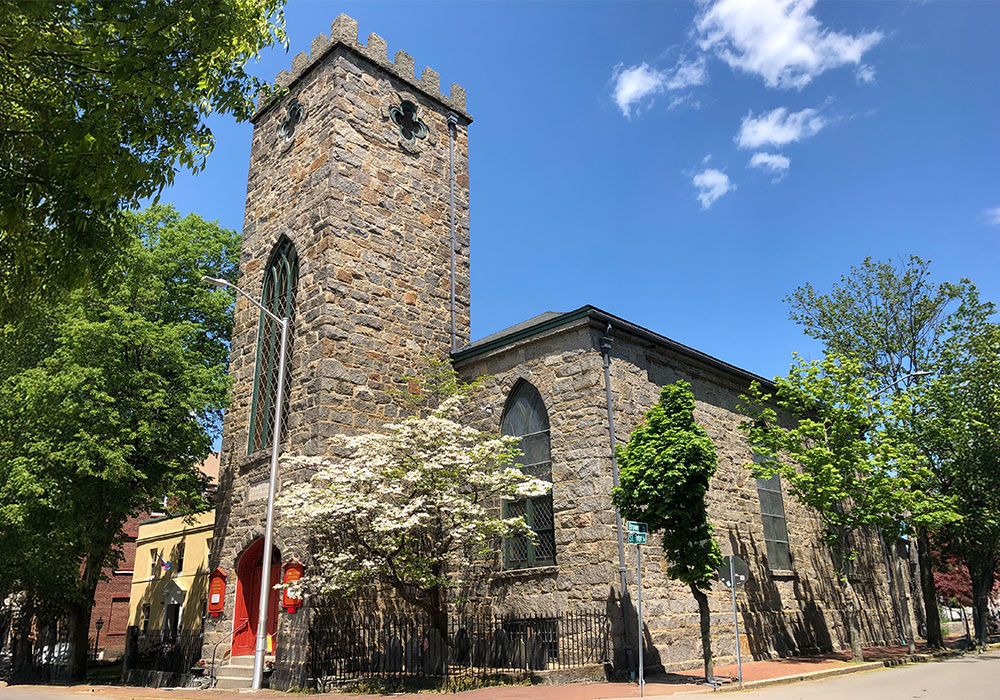
Site view
